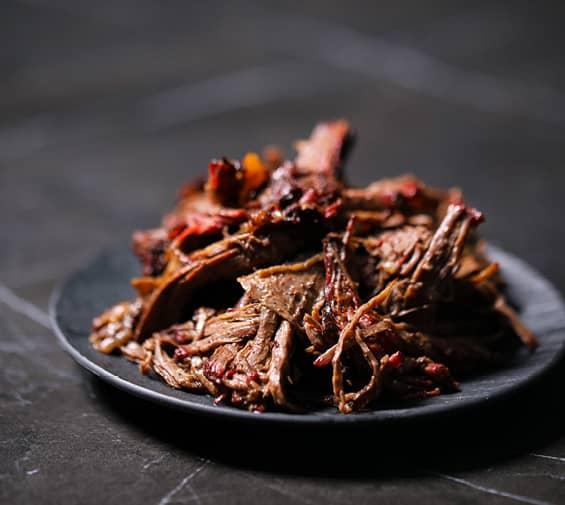Australia’s recent decision to expand beef exports to the United States has sparked a critical debate centered on biosecurity concerns. As the nation moves to strengthen trade ties with its largest beef market, questions about safeguarding livestock health and preventing disease outbreaks have taken center stage. This article explores the complexities behind Australia’s US beef strategy, examining the biosecurity challenges and the measures being implemented to protect the integrity of the country’s renowned cattle industry.
Australia’s Biosecurity Challenges in Expanding Beef Exports to the US
As Australia charts a path towards increasing beef exports to the United States, biosecurity remains a critical focus. The expansion brings heightened scrutiny on preventing the introduction of diseases such as bovine spongiform encephalopathy (BSE) and foot-and-mouth disease (FMD). Both Australia and the US enforce stringent import protocols, but the challenge lies in maintaining rigorous control over cattle health across a vast supply chain. Australian authorities emphasize ongoing surveillance, vaccination programs, and traceability systems to uphold their country’s reputation as a producer of disease-free beef.
Key biosecurity measures under discussion include:
- Enhanced screening at ports of entry
- Improved farm-level monitoring and reporting
- Collaborative disease management plans between Australian exporters and US regulators
| Biosecurity Factor | Australia’s Approach | US Expectation |
|---|---|---|
| Disease Surveillance | National comprehensive program | Regular on-site inspections |
| Traceability | Electronic ID systems | Full supply chain transparency |
| Import Controls | Strict quarantine rules | Pre-shipment certification |
Assessing the Risks and Safeguarding Against Disease Transmission
The expansion of Australian beef exports to the US market inevitably raises pressing concerns about biosecurity risks. With transcontinental livestock trade, diseases such as Foot-and-Mouth Disease (FMD), Bovine Spongiform Encephalopathy (BSE), and other zoonotic pathogens pose threats not only to animal health but also to the broader agricultural economy. Effective risk assessment hinges on rigorous surveillance, stringent quarantine protocols, and ongoing collaboration between veterinary authorities in both countries. Australia’s capacity to maintain its status as a low-disease-prevalence region will be critical in preserving trust and ensuring market access remains uninterrupted.
Key Safeguarding Measures Implemented:
- Pre-export certification and health screening of cattle
- Enhanced border biosecurity controls including random testing
- Comprehensive traceability systems for supply chain transparency
- Joint task forces for rapid response to any disease incident
- Continued research into emerging animal health threats
| Risk Factor | Mitigation Strategy | Status |
|---|---|---|
| Cross-border disease transmission | Stringent quarantine and testing | Active |
| Transport-related stress & infection | Optimized animal welfare standards | Ongoing |
| Pathogen surveillance gaps | Integrated monitoring programs | Improving |
Recommendations for Strengthening Cross-Border Health Protocols in the Beef Trade
To mitigate risks associated with the international beef trade, especially between Australia and the US, it is essential to implement robust cross-border health protocols that prioritize transparency and rapid response mechanisms. Key actions include establishing unified disease surveillance systems that allow for real-time data sharing and coordinated outbreak containment strategies. Authorities should also enforce stringent testing standards during transit and at entry points to prevent the introduction or spread of zoonotic diseases. Enhancing collaboration between veterinary agencies and customs officials will further ensure that potential biosecurity threats are identified and managed promptly.
Additionally, adopting innovative technologies such as blockchain for traceability and AI-driven predictive analytics can revolutionize health monitoring in the beef supply chain. Industry stakeholders should also promote educational programs that raise awareness among producers and exporters about emerging biosecurity risks. Below is an overview of proposed measures to fortify cross-border health protocols:
| Measure | Impact | Implementation Priority |
|---|---|---|
| Real-time Disease Surveillance | Early detection and containment | High |
| Standardized Health Testing | Minimized pathogen transmission | High |
| Blockchain Traceability | Transparent supply chain visibility | Medium |
| Cross-Agency Collaboration | Improved response coordination | High |
| Producer Education Programs | Enhanced risk awareness | Medium |
Wrapping Up
As Australia navigates its expanding role in the US beef market, the central challenge of biosecurity remains a pivotal concern. Balancing trade ambitions with the imperative to safeguard agricultural integrity will be crucial in shaping the future of this bilateral relationship. How policymakers address these biosecurity questions will not only influence the beef industry’s growth but also set precedents for managing shared risks in an increasingly interconnected global food system.




